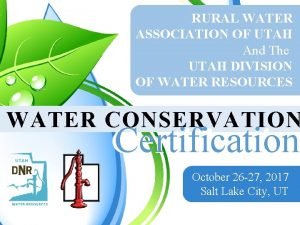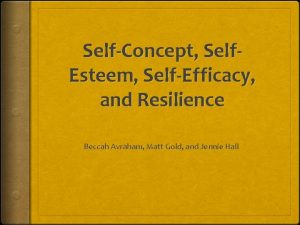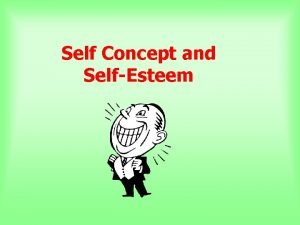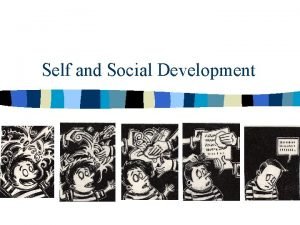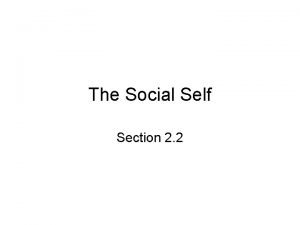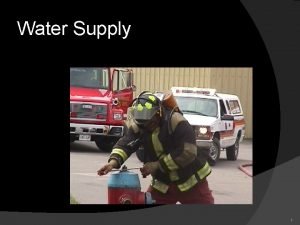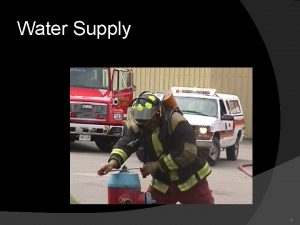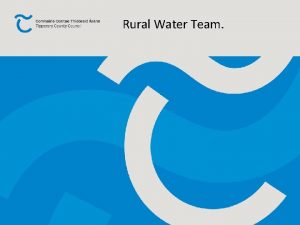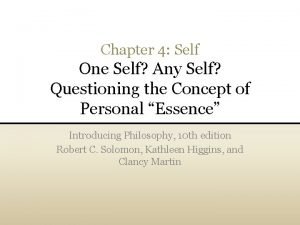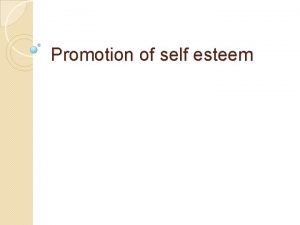SELF SUPPLY personal investment in rural water supply












- Slides: 12

SELF SUPPLY –personal investment in rural water supply in Sub-Saharan Africa Sally Sutton, Delft Feb 2007 1

NODA What can we learn from ► Many options in access –choice-small steps ► Reduced threshold costs ► Multiple uses increase value/sustainability, and pay for up-grades ► Relevant values, good marketing, high sales 2

Mrs Imamba, Zambia 3

Mrs Bekele, Ethiopia 4

Abdou Malim Tanzania Abdurahman Zongo, Ghana 5

Niger Water – a money Ghana earner Senegal Mozambique 6

POTENTIAL MARKET? ? (+/- 5%) Sources… DHS, MICS, Census, and Living Conditions Surveys 7

Enabling Environment for Supply Choice Household Community Technology/ Financial Technical Mechanisms Advice / markets Capital Private sector Skills/promotion capacity Enabling policies Support Flexibility 8

Focus of evaluation for greater investment? • Look at benefits of ‘access’ not just ‘coverage’ • Examine justification of fears over private ownership • Analyse the strengths and weaknesses of the four pillars which can support private investment • Evaluate more from user view point to identify more relevant messages for effective marketing 9

►Water ►A ‘MUSt have’ commodity? ? ? 10

11

Self Supply- Where do we start? ► Concentrate more effort on improving artisan skills and equipment ► Introduce low cost technology options, including RWH and water treatment ► Encourage all steps not just middle ones ► Establish financing systems to ensure wide range of people can access improved supply ► Develop policy environment which encourages small initiatives 12
 Water and water and water water
Water and water and water water Ideal self vs. real self
Ideal self vs. real self Fixed investment and inventory investment
Fixed investment and inventory investment Mn rural water training
Mn rural water training Minnesota rural water association
Minnesota rural water association Mn rural water
Mn rural water Personal investment theory
Personal investment theory Self concept vs self esteem
Self concept vs self esteem Self concept vs self esteem
Self concept vs self esteem Different self concept
Different self concept Self image vs self perception
Self image vs self perception Ideal self vs real self
Ideal self vs real self I self and me self difference
I self and me self difference



